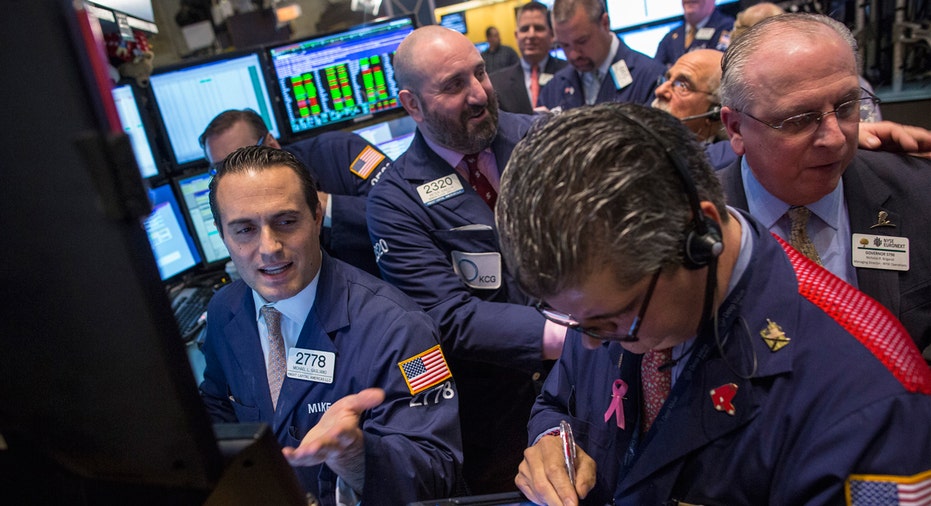How Does the Price-Earnings Ratio Help Investors?

There is more than 1 way to skin a cat, or so the saying goes. And there is more than 1 way to figure out how much a company is worth to investors. One yardstick is the price-earnings ratio, aka the P/E ratio.
The P/E ratio boils down a lot of information into a single number. To find it for a given stock, simply take the stock price and divide it by the earnings per share for the past 12 months, or in investing vernacular, the trailing 12-month period, or TTM.
The price-earnings ratio tells investors how much they will pay per share for $1 of earnings. So if a company's P/E ratio is 15, that generally means investors are willing to pay $15 for $1 of earnings.
"It's a valuation metric used by analysts to determine if the shares are trading at a premium or a discount to the underlying value of the business," says Rahul Ray, principal at Burr Capital LLC in Edgewater, New Jersey.
That should ring a bell. Investors interested in value stocks look at a company's P/E ratio to find bargains. On the other end of the spectrum, growth stocks typically have a relatively high price-earnings ratio, based on investor hopes for future growth.
Why you've heard of it
Though it measures the performance of individual companies, the P/E ratio also can be used to gauge the market as a whole. For instance, indexes are often used as proxies for the entire market. One of the most popular indexes, the Standard and Poor's 500 index, reached record-setting highs as recently as May.
"We can aggregate the earnings and price of stocks in the market and look at the price-to-earnings ratio for the market. That will tell us on the whole if the stock market is above the historic P/E ratio or below," says CFP professional Jeffery Nauta, CFA, principal at Henrickson Nauta Wealth Advisors in Belmont, Michigan.
By 1 measure -- the Shiller cyclically adjusted price-earnings ratio, or CAPE -- valuations are higher than average. The Shiller CAPE uses 10 years' worth of inflation-adjusted earnings as the denominator in order to smooth out cyclical volatility.
No matter how you slice it, "it's tough to make the case that stocks are inexpensive today," he says.
How to calculate it
Here's an example of the P/E ratio in action: a little technology company called Apple. On Sept. 30, 2015, the stock ended the day at a price of $110.30.
The earnings per share for the trailing 12 months, or TTM, is $8.66.
How to calculate EPS TTMLook on the quarterly financial statement where earnings are summarized to find the EPS. Then add them up. |
|
|---|---|
| Q3 July 2015 | $1.85 per diluted share |
| Q2 April 2015 | $2.33 per diluted share |
| Q1 January 2015 | $3.06 per diluted share |
| Q4 Oct. 2014 | $1.42 per diluted share |
| Total: | $8.66 |
Divide the stock price by the EPS and voila, you get a P/E ratio of 12.74. Morningstar says that the P/E ratio of the SandP 500 was 18.
Together, this information tells investors that the stock may be undervalued as of Sept. 30.
"If we look historically, the average P/E ratio of all stocks has been in the range of 15 to 20," Nauta says. Morningstar reports that the 5-year average for Apple is 15.5.
But trailing earnings aren't the only way of looking at it. An often-seen variation is the forward P/E. That number uses future earnings expectations of analysts rather than earnings from the past year.
Copyright 2015, Bankrate Inc.



















